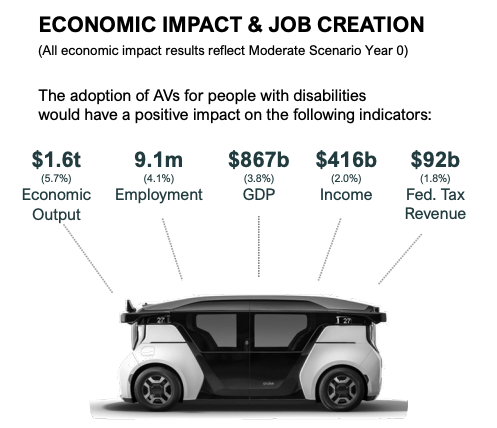As I navigate through the ever-evolving landscape of technology, one topic that consistently captures my attention is the future of autonomous vehicles. The idea of cars driving themselves is no longer a distant dream but a reality that’s rapidly approaching. However, with this exciting prospect comes a myriad of challenges and opportunities that we must carefully consider.
The Promise of Autonomy

Autonomous vehicles, or self-driving cars, promise to revolutionize the way we travel. Imagine a world where you can sit back, relax, and let the car do the driving. This isn’t just about convenience; it’s about safety, efficiency, and even environmental impact. According to a study by the National Highway Traffic Safety Administration, 94% of serious crashes are due to human error. Autonomous vehicles have the potential to drastically reduce these numbers, making our roads safer for everyone.
But the benefits don’t stop there. Autonomous vehicles could also alleviate traffic congestion by optimizing routes and reducing the number of cars on the road. This could lead to shorter commute times and a decrease in fuel consumption, which would be a significant win for the environment.
The Roadblocks Ahead

Despite the promising outlook, the road to fully autonomous vehicles is fraught with challenges. One of the most significant hurdles is technological. Autonomous vehicles rely heavily on complex algorithms, sensors, and artificial intelligence to navigate the world. While these technologies are advancing rapidly, they are not yet foolproof. Weather conditions, construction zones, and unexpected obstacles can all throw a wrench into the system, leading to potential safety risks.
Another major challenge is regulatory. Different states and countries have varying laws and regulations regarding autonomous vehicles. This patchwork of rules can create confusion and slow down the adoption process. For example, some states allow fully autonomous vehicles on the road, while others require a human driver to be present at all times. This inconsistency can hinder the development and deployment of autonomous technology.
The Human Factor

One of the most intriguing aspects of the autonomous vehicle debate is the human factor. How will people react to giving up control of their cars? Trust is a big issue here. Many people are skeptical about the reliability of self-driving cars, and rightfully so. After all, we’ve been driving ourselves for over a century, and the idea of relinquishing that control can be unsettling.
To build trust, transparency is key. Companies developing autonomous vehicles need to be open about how their systems work and what safeguards are in place. Public demonstrations and real-world trials can also help ease people’s fears by showing the technology in action.
The Economic Impact

The rise of autonomous vehicles will undoubtedly have a profound economic impact. On one hand, it could create new job opportunities in areas like software development, data analysis, and vehicle maintenance. On the other hand, it could also lead to job losses in traditional industries like trucking and taxi services.
Here’s a quick look at some potential economic impacts:
- Job Creation: New roles in tech and engineering.
- Job Losses: Traditional driving jobs may decline.
- Investment Opportunities: Companies in the autonomous vehicle space could see significant growth.
| Economic Impact | Potential Outcomes |
|---|---|
| Job Creation | New roles in tech and engineering |
| Job Losses | Traditional driving jobs may decline |
| Investment Opportunities | Companies in the autonomous vehicle space could see significant growth |
The Ethical Dilemma
As we move closer to a world with autonomous vehicles, we must also grapple with the ethical dilemmas they present. One of the most pressing questions is how these vehicles will make decisions in life-or-death situations. For example, if an autonomous car is faced with a choice between hitting a pedestrian or swerving into oncoming traffic, which decision should it make?
These ethical questions don’t have easy answers. They require careful consideration and input from a wide range of stakeholders, including ethicists, engineers, and the public. The decisions we make now will shape the future of autonomous vehicles and the way they interact with our society.
The Role of Collaboration
To successfully navigate the challenges and seize the opportunities presented by autonomous vehicles, collaboration is essential. Governments, tech companies, automakers, and the public must work together to create a framework that supports the safe and ethical deployment of this technology.
For instance, public-private partnerships can help fund research and development, while community engagement can ensure that the benefits of autonomous vehicles are widely shared. By working together, we can create a future where autonomous vehicles are not just a novelty, but a valuable tool that enhances our lives in meaningful ways.
The Path Forward
As I look to the future, I’m both excited and cautious about the role autonomous vehicles will play in our lives. The potential benefits are enormous, but so are the challenges. By staying informed, engaging in the conversation, and supporting responsible development, we can help shape a future where autonomous vehicles are a force for good.
The journey ahead won’t be easy, but with the right approach, we can ensure that the future of autonomous vehicles is one of opportunity, not just for the tech industry, but for society as a whole.








